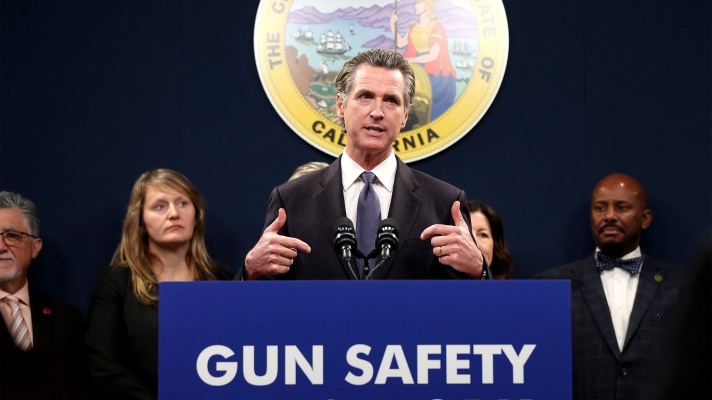politically sensitive.”
The recent spate of mass shootings in California has raised the question: Does the state’s strict gun control laws actually make it safer? On the surface, the answer appears to be yes. California has one of the lowest gun death rates in the entire country. But a closer look at the evidence reveals a more complex story.
In the wake of the four mass shootings, new House Speaker Kevin McCarthy suggested that federal gun control legislation would not be an automatic response to these tragedies because such laws “apparently … did not work in this situation.” But does the lack of evidence mean that gun laws don’t work?
The Science Behind Gun Control Laws
The Rand Corporation recently released a report that reviewed the evidence behind a variety of gun policies. They found just three that were supported by evidence that met the report’s quality standards. But the lack of evidence doesn’t mean that other gun laws don’t work, it simply means that the research proving it doesn’t yet exist.
California is the best state to study gun laws in, according to Dr. Garen Wintemute of the Violence Prevention Research Program. The state makes data available to researchers and is willing to work with them to further the science. Wintemute is currently part of a team that is working on a randomized controlled trial of one particular California gun law.
The Rand analysis found that stand-your-ground laws and conceal-carry laws have strong evidence supporting negative outcomes. The only laws restricting gun ownership that have this level of evidence behind them are child-access prevention laws, which have been shown to reduce firearm suicide, unintentional self-injuries and death, and homicides among young people.
The Biggest Impediment to Gun Control Research
The biggest impediment to demonstrating whether gun control policies work is the way politicians have intentionally blocked access to the data that would be necessary to do that research. For example, the federal government has a survey of behavioral risk indicators, but you can’t get whether or not people own guns. Not knowing gun ownership rates at the state level makes it hard to evaluate causality of some gun control policies.
Ultimately, the lack of evidence shouldn’t be seen as proof that gun control laws don’t work. Instead, it should be understood as a product of political decisions that have taken the already challenging job of social science and made it even harder. California’s willingness to work with researchers to further the science is a promising step in the right direction.
Source: fivethirtyeight.com
